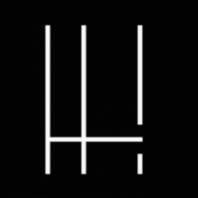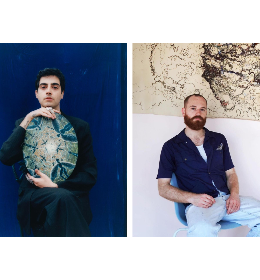Next year, the fair might decide to settle for something more traditional, but according to gallerist Elyse Derosia, director of Bodega (New York), the fair’s bold choices in terms of exhibition space “is part of what makes Paris Internationale continue to feel fresh”.
Located in Paris’ third arrondissement, the eight-floor building might remind some of New York’s Guggenheim, or of Basel’s Warteck, the home of fellow art fair LISTE; what’s for sure is that this building’s atypical floorplan has upset some of the galleries, whose works do not exactly benefit from the space’s unconventional architecture. Luckily, a rooftop and its breathtaking view over the French capital save the day.
As for the galleries, 54 international exhibitors take part in the fair’s 2017 edition. A word of advice: upper floors are better floors. Far from the buzz of the FIAC, Paris Internationale leaves room for exciting discoveries — no wonder the young but ambitious fair is expecting an impressive 15,000 visitors for its third edition.

Installation view of Marfa’’s booth at Paris Internationale, 2017. Courtesy of Marfa’.
The Lebanese gallery Marfa, a first-time participant in Paris Internationale, presents paintings by Tamara Al-Samerraei, based on photographs from both her own archive and the public domain, calling the viewer to “extend contemplation of familiar scenes”.
Over at Carlos / Ishikawa, new works by Steve Bishop work almost as a stand-alone installation, where each one of the pieces presented evokes a somewhat dystopian view of our highly bureaucratic society, where the loneliness of a user conversing with message bots — as seen in Bishop’s Hello, How May I Help You? — is certainly a very real possibility.

Installation view of Carlos / Ishikawa’s booth at Paris Internationale, 2017.
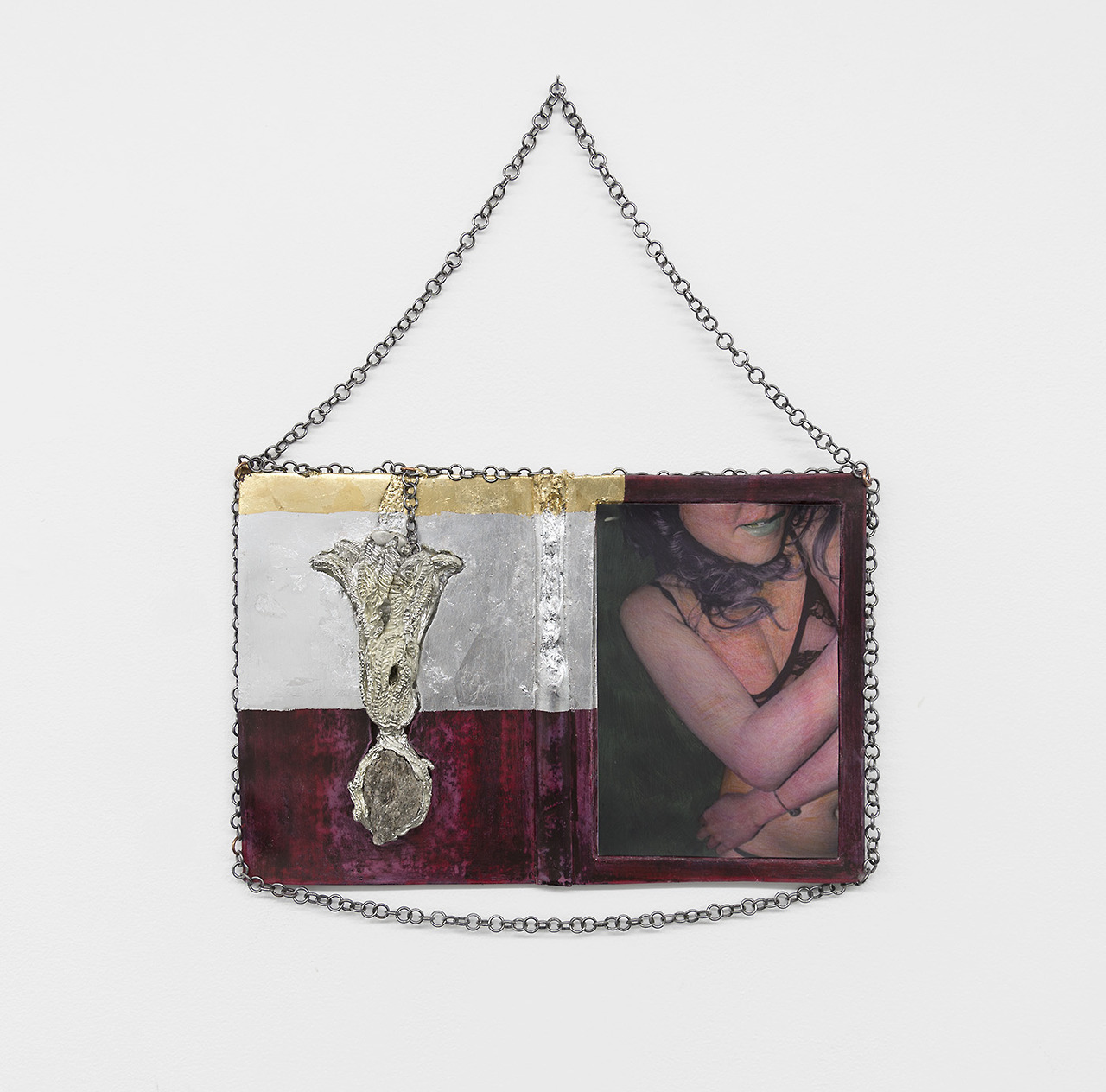
Em Rooney — Bodega Gallery
Returning to the fair for the third time, Parisian gallery Crèvecoeur features a group show including mysterious, organic statues by Than Hussein Clark, a London-based artist currently working at the crossroads of art history, design, architecture and literature. Works by the artist, who has also worked with performance, intertwine complex histories and different sources of inspiration.
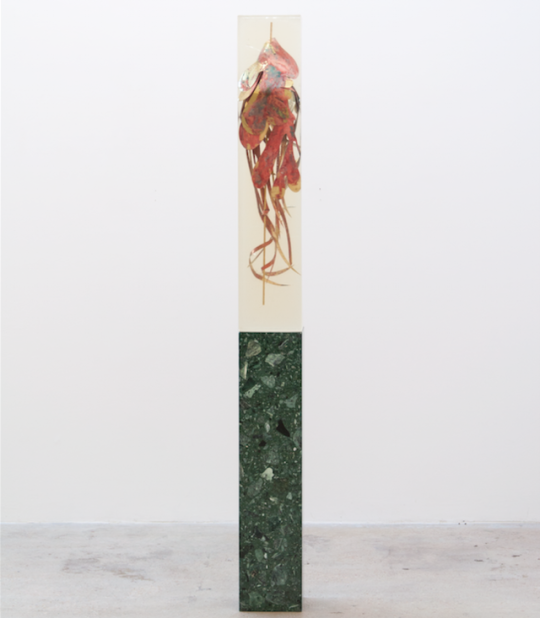
Than Hussein Clark, Squid Bouquet as Thrown from the Dress Circle, 2017, terrazzo, patinated brass, resin, 190 x 20 x 20 cm, Courtesy the artist and galerie Crèvecoeur
For its first participation at the fair, Glasgow gallery Mary Mary presents a solo show by artist Rose Marcus, (b. 1982) featuring works pushing the boundaries of photography; mostly set in urban landscapes, her shots of the city’s traffic and its dwellers, contained in broken, cut up frames, offer a snapshot of modern life in its chaos and repetitiveness.
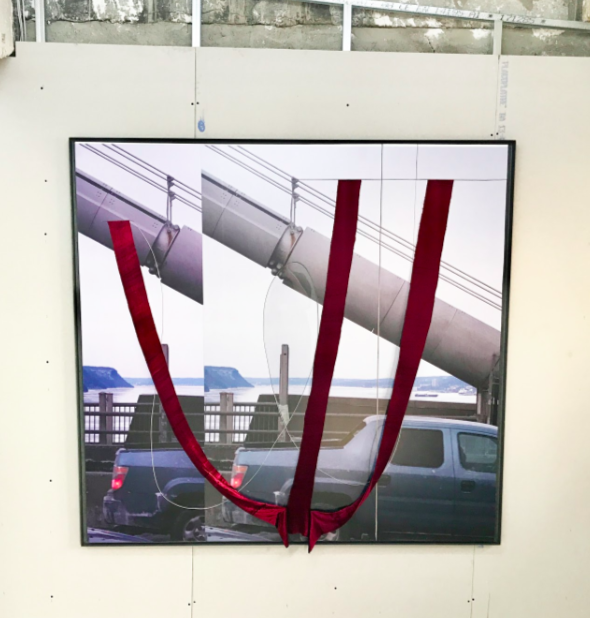
Rose Marcus — Mary Mary
Spazio A, based in Pistoia, Tuscany, presents a group show of works by Chiara Camoni, (b. 1974) Nona Inescu (b. 1991) and Esther Kläs, (b. 1981) in what is a very harmonious booth offering anything from Camoni’s vegetable-based prints — a rarity at an art fair — to Kläs’ conceptual sculptures, to a series of photographs by Inescu, accompanied by sculptural works also by the artists, that investigate the relationship between the body and its environment.

Nona Inescu — Spazio A
The Warsaw-based Galeria Dawid Radziszewski presents new works by artists Tomasz Kowalski (b. 1984) and Joanna Piotrowska (b. 1985). Untitled (2017), a textile work by Kowalski made in collaboration with his mother, sets the scene for this booth, presenting slightly surreal works redefining the idea of home and domesticity. Piotrowska’s black and white photographs from the series Shelter — for which she invited people to build makeshift shelters in their own homes — are fragile reconstructions of her subjects’ more intimate personal spaces.
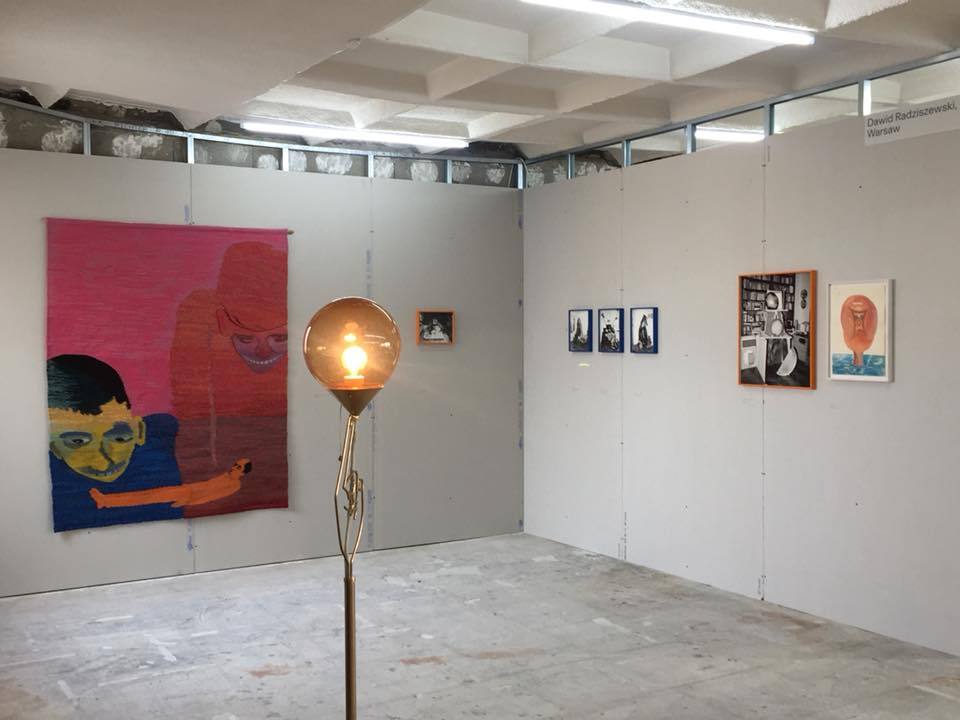
Installation view of Dawid Radziszewski’s booth at Paris Internationale, 2017.
Hunt Kastner’s booth presents a dialogue between two young artists: Eva Kotatkova and Anna Hulacova. The former’s installations and collages, both poetic and humorous, “address the social, institutional and physical structures of everyday life”, whereas Anna Hulacova’s sculptures explore the concept of national culture within a highly globalized world, or how “folk art became exotic territory in the 21st century”.
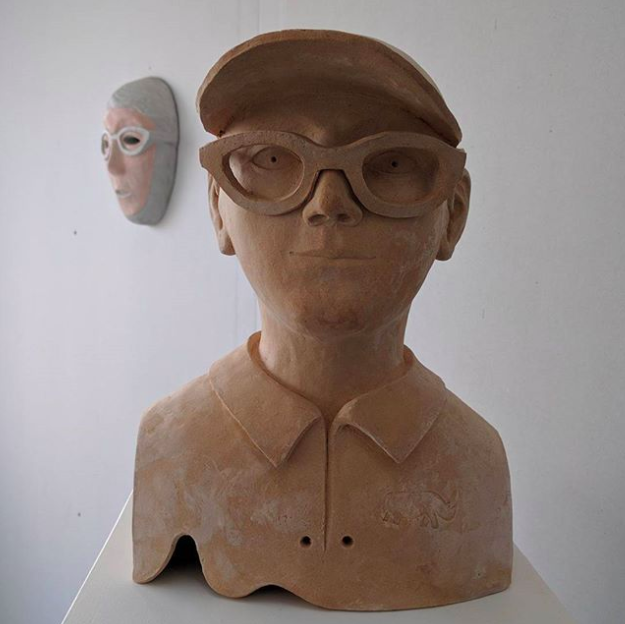
Anna Hulačová — Hunt Kastner
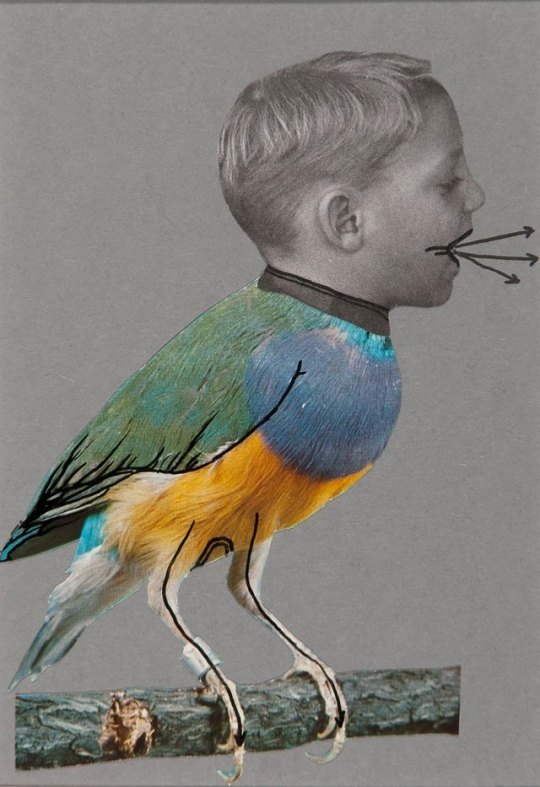
Eva Koťátková — Hunt Kastner
At Project Native Informant's booth, a series of photographs by Hal Fischer, titled Gay Semiotics, capture the life of San Francisco's gay community in the late 70s and in particular its symbols, its dress codes and its style, making a strong statement about masculinity and its expression.
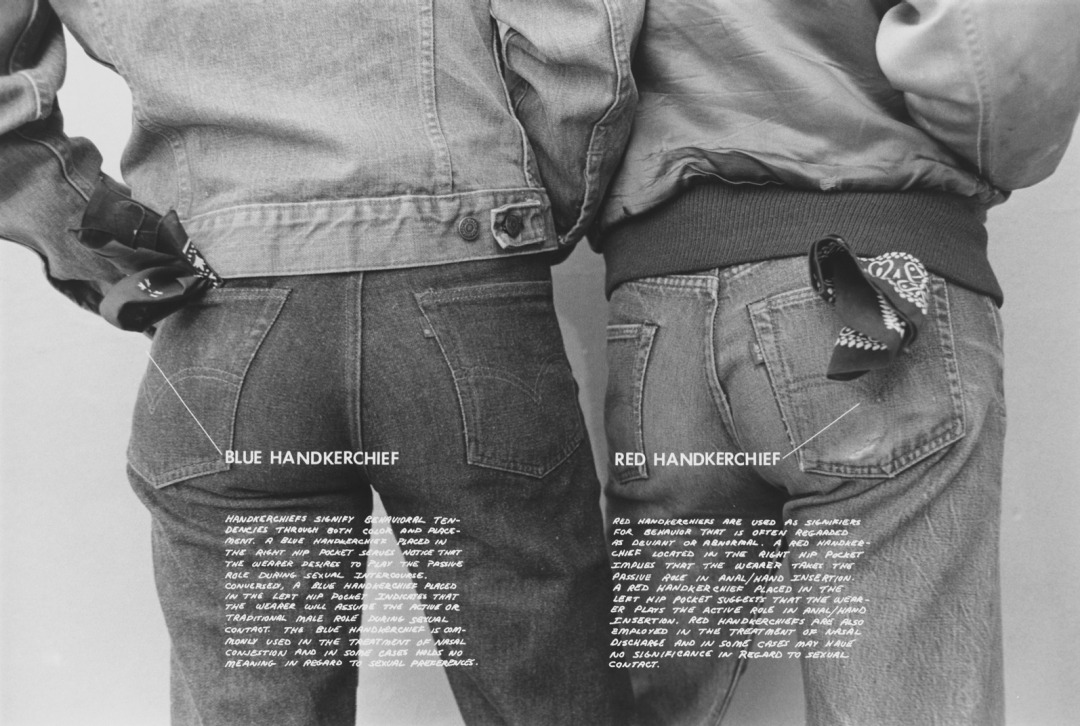

Courtesy of the artist and Project Native Informant
Texte : Virna Gvero & Henri Robert



